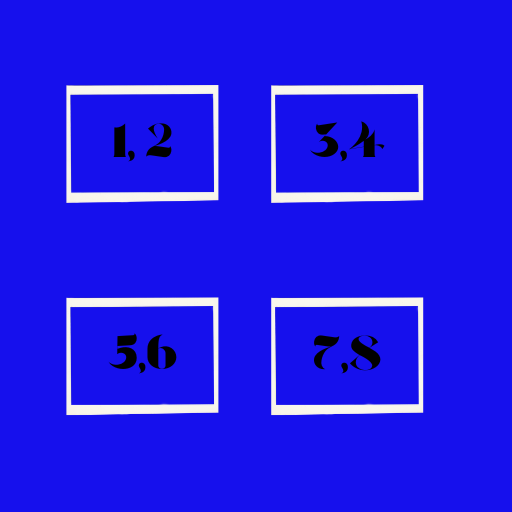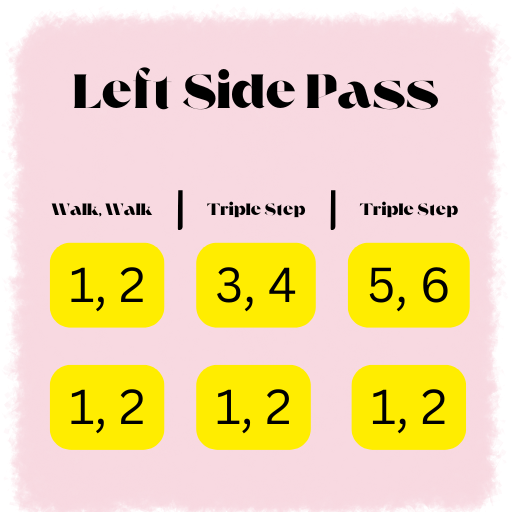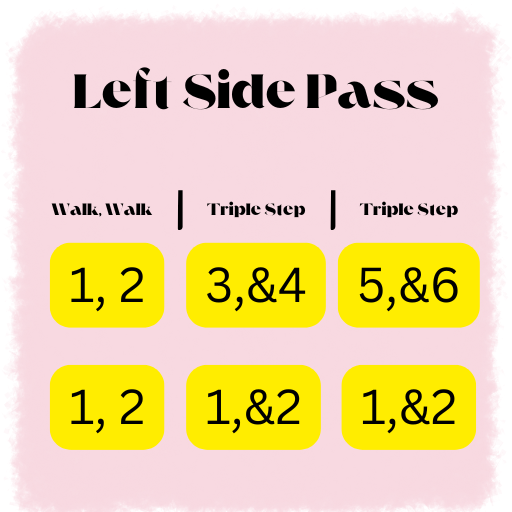Ever wonder what the rhythm of West Coast Swing is? It might surprise you that this dance is built on a simple two-beat unit foundation despite the complex patterns and syncopations! That’s right—every movement you see, from the smoothest side pass to the flashiest syncopation, hinges on the magic of two beats. One famous dance instructor once said, “Master the beat, and the dance will follow.” So, let’s dive in and explore why understanding this two-beat rhythm can completely transform your approach to West Coast Swing.

This article will break down the nuts and bolts of how West Coast Swing functions as a two-beat dance. We’ll explore how this rhythm influences everything from your footwork to your playfulness on the dance floor. Whether you’re a seasoned pro or just starting, grasping this concept will take your dancing to the next level.
The Foundation of West Coast Swing: The Two-Beat Rhythm
Explanation of the downbeat-upbeat pair:
At the heart of West Coast Swing lies the essential downbeat-upbeat pair. This rhythm duo forms the dance’s very foundation, driving every movement’s timing and flow. The downbeat, typically the stronger, more emphasized beat, sets the stage, while the upbeat provides a lighter, responsive counterpart.
How these pairs form the building blocks of patterns:
These downbeat-upbeat pairs are more than just a rhythmic guideline—they are the building blocks of every pattern you perform on the dance floor. By stringing together these pairs, dancers create the familiar six- and eight-count patterns that define West Coast Swing. Each pattern is a series of these rhythmic pairs woven together to form the complete dance sequence.
Examples of common patterns broken down into two-beat increments:
Consider a basic side pass, often counted as “walk walk, tri-ple step, tri-ple step.” This pattern can be dissected into three two-beat increments: the walk walk, the first triple, and the second triple. By understanding the pattern in these two-beat chunks, dancers can more easily modify, extend, or syncopate their movements while staying within the rhythm’s structure.
Applying the Two-Beat Concept to Patterns

Understanding the “walk walk, tri-ple step, tri-ple step” breakdown:
The classic “walk walk, tri-ple step, tri-ple step” breakdown is a perfect example of how the two-beat rhythm governs West Coast Swing. Each “walk” represents a downbeat-upbeat pair, and each “tri-ple step” combines these pairs. This rhythm ensures that dancers stay in sync with the music and their partner.
How to modify patterns by altering two-beat chunks:
Modifying a pattern becomes straightforward when you focus on the two-beat chunks. For instance, you might replace the final triple step in a pattern with a delayed single, like a drag step. This change affects an entire two-beat segment, allowing the dancer to maintain rhythm while introducing variety into the movement.
The impact of changing rhythm units on footwork and movement:
Changing rhythm units—like substituting a triple step with a different two-beat pattern—can dramatically alter the feel of your dance. Such modifications affect your footwork and influence the timing and connection with your partner, making it essential to maintain the integrity of the two-beat rhythm.
Syncopations and Extensions: Keeping it in Pairs

How syncopations affect the two-beat rhythm structure:
Syncopations, which involve accenting off-beats or modifying the expected rhythm, can add flair to your dance but must be handled carefully. The dance should adhere to the two-beat rhythm structure even when syncopating. Failing to do so can throw off the timing and disrupt the overall flow of the dance.
The importance of maintaining the two-beat flow during syncopations:
When introducing syncopations, it’s crucial to maintain the two-beat flow. For example, if you replace a triple step with a double step, you should ensure that the subsequent pattern starts correctly on the downbeat. This ensures that the dance remains cohesive, and the syncopation enhances rather than disrupts the rhythm.
Techniques for extending patterns using two-beat increments:
Extending a pattern involves adding additional two-beat increments in a way that complements the existing rhythm. For example, you could add an extra “walk walk” after a triple step to elongate the pattern. This technique allows for more creativity within the dance while keeping the overall structure intact.
Footwork Mastery: Training in Two-Beat Chunks
The value of practicing footwork in two-beat segments:
Mastering West Coast Swing footwork becomes more manageable when broken into two-beat segments. This approach allows dancers to focus on perfecting smaller portions of their footwork, ensuring that each downbeat-upbeat pair is executed precisely.
Examples of two-beat footwork exercises:
Practice drills like the kickball change or the triple step are ideal for honing your skills in two-beat segments. These exercises reinforce the importance of maintaining consistent rhythm and timing, essential for smooth, fluid dancing.
How mastering two-beat footwork enhances on-the-fly dance variations:
When confident in your two-beat footwork, you can introduce spontaneous variations during a dance more easily. Whether it’s a quick syncopation or a playful extension, having a solid foundation in two-beat chunks gives you the flexibility to adapt without missing a beat.
Playing and Breathing in Two-Beat Increments
The concept of playing within the dance using two-beat increments:
“Playing” within West Coast Swing often involves experimenting with timing, rhythm, and movement, all within the framework of the two-beat increment. By understanding this concept, dancers can add a personal flair to their performance while maintaining the dance’s core structure.
How leaders and followers can use the two-beat structure to create playful dynamics:
Leaders and followers can use the two-beat rhythm to introduce playful dynamics in their dance. For instance, a leader might pause slightly on a downbeat, inviting the follower to fill the space creatively. Similarly, followers can use the upbeat to add their flair, creating a dynamic and interactive dance experience.
The importance of the downbeat-upbeat pulse at advanced levels of dance:
At advanced levels, the downbeat-upbeat pulse becomes more than just a timing tool—it’s the breath and soul of the dance. This pulse gives West Coast Swing its characteristic ebb and flow, allowing dancers to express themselves fully while staying in sync with their partner and the music.
Conclusion
Mastering the two-beat foundation of West Coast Swing isn’t just about understanding the dance better—it’s about dancing with more freedom, creativity, and confidence. You’ll find the dance easier and more enjoyable by breaking down your movements, patterns, and footwork into these fundamental two-beat chunks. So next time you hit the floor, remember: West Coast Swing is all about that rhythm—one downbeat, one upbeat at a time.

David and Wendy, this is fantastic!
Chuck, thank you! We appreciate your support